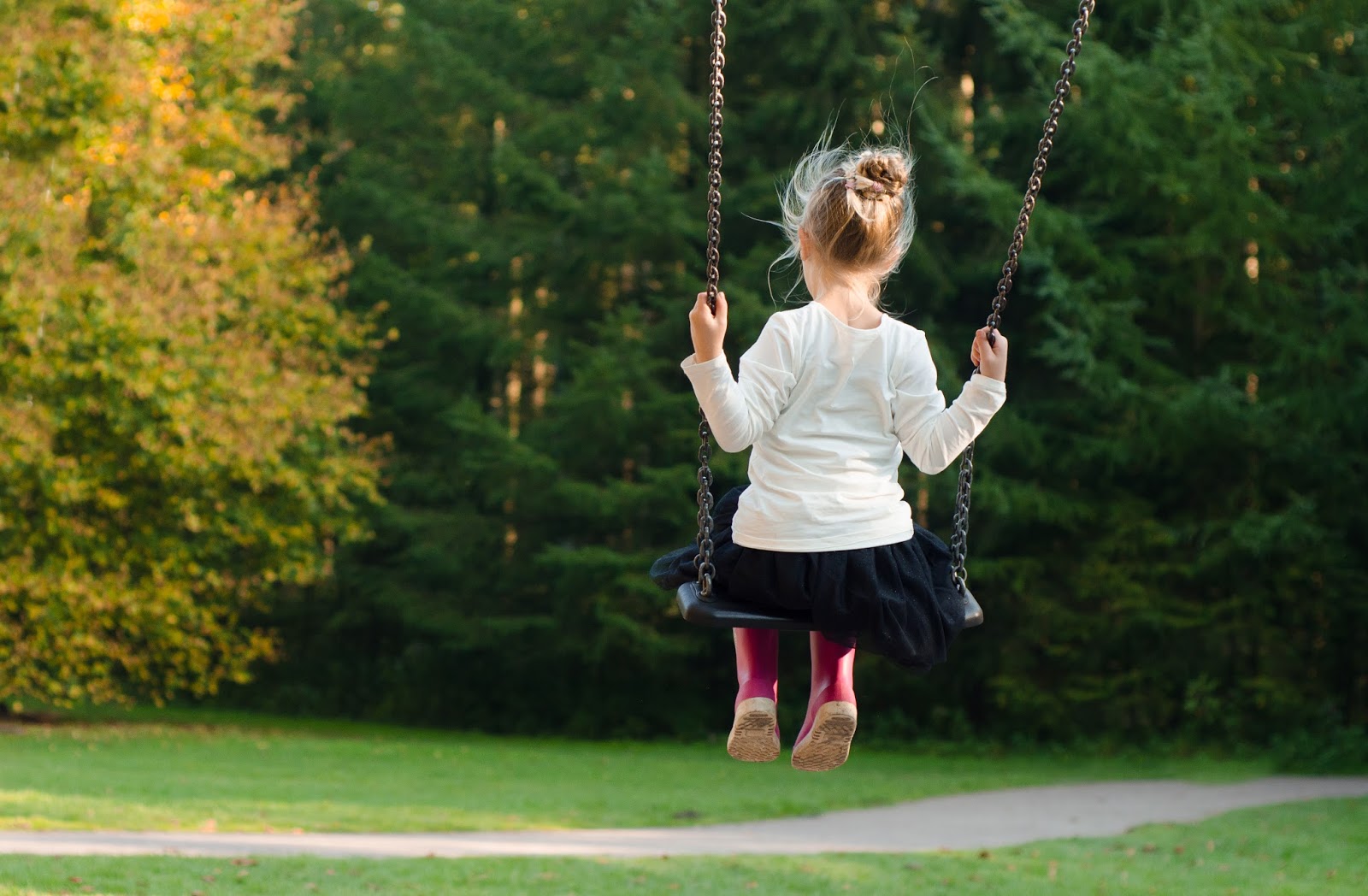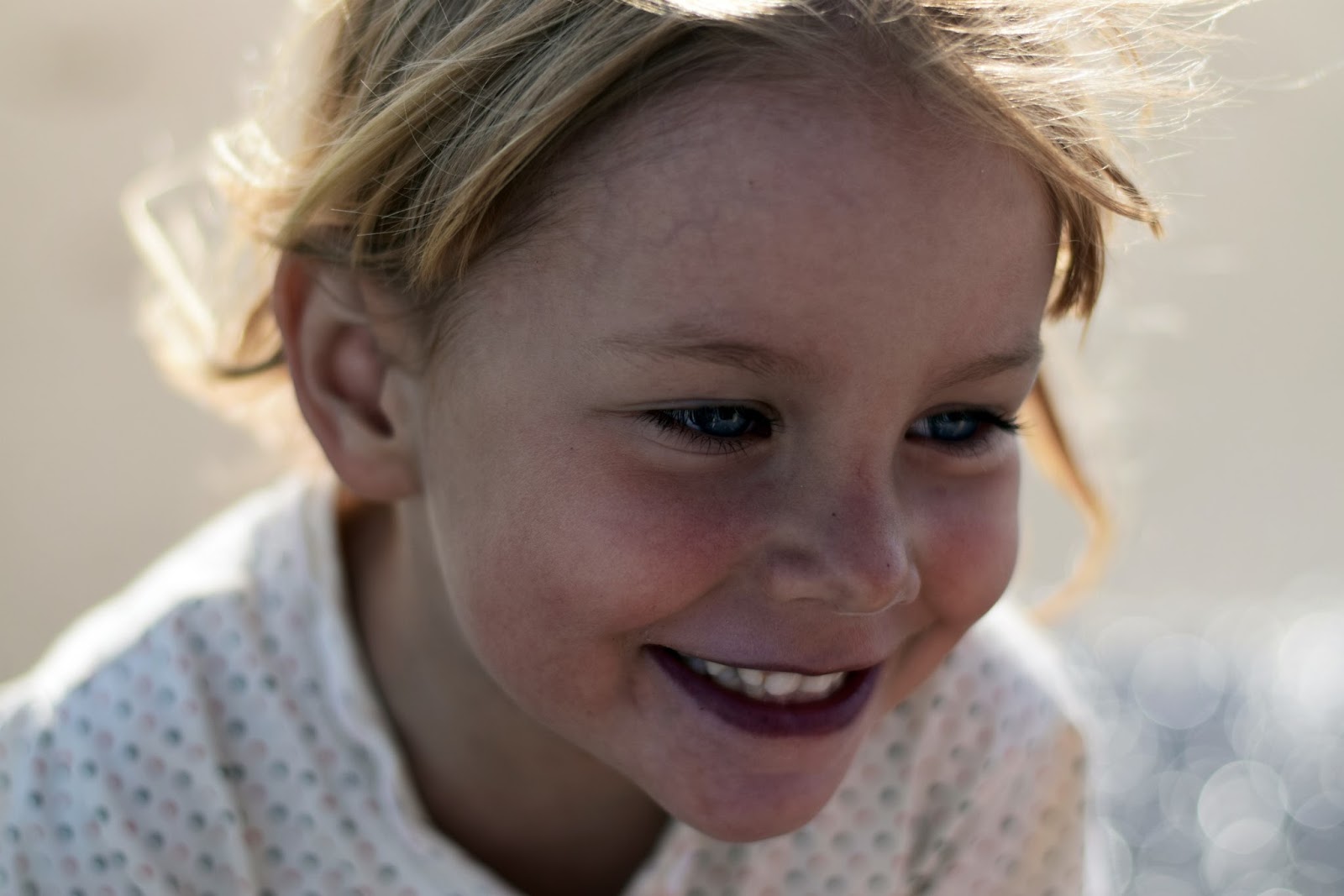
In the second plane, the children complete the foundation of their social selves. Through their reasoning minds and powers of imagination, they explore their universe, their community and their own place in social life.
—Lillard, Montessori Today, p. 114.
Before having the freedom to explore outside the immediate Montessori community, students must demonstrate responsibility within the Montessori environment. This freedom begins with choosing one’s own work during the day, working independently, and being a contributing member of the collective classroom community.
Contributing members of any community help nurture and maintain the community. Within the Montessori environment, elementary students become responsible for the environment by learning to care for and maintain the classroom. Since the sensitive period for order occurs during the first stage of development, maintaining the classroom’s beauty and order no longer comes naturally. Instead, it must be modeled and practiced until it becomes part of the students’ daily routine.
Montessori Today: Chapter 7: Freedom and Responsibility — Before Going Out
As with all Montessori lessons, there are stages to learning to maintain the Montessori environment. First, the teachers and students must agree on the areas in the classroom that need to be cleaned and taken care of daily. They discuss which shelves must be dusted and straightened, how the floors and furniture need to be cleaned, and how to care for specialty areas such as the cloakroom, snack area, and outdoor spaces. Students also take responsibility for the care of class pets and plants.

At the end of the day, students are responsible for cleaning up their own workspaces. They also decide who is responsible for completing the other jobs in the classroom. Work is inspected by the teacher and a small group of students, with the teacher functioning as the control of error. Gradually, the students assume full responsibility of the environment, even functioning as their own inspectors.
Once the children have demonstrated that they are fully responsible for the inside of the environment, they are offered additional freedom – going outside the classroom. Lillard discusses how this new freedom is granted in stages. As with all Montessori learning, freedom is developed incrementally, allowing students to succeed at each level before acquiring additional freedom or responsibility. First, they may be given the freedom to go to other parts of the school on their own. Later, students may plan short outings in the general vicinity of the school, such as a nature walk or going to the local library.

These freedoms outside of the Montessori environment are called Going Out activities. The Montessori concept of Going Out is often interpreted as field trips. However, there is an important difference between the two. Field trips are adult driven activities, while Going Out activities are the responsibility of the students. As noted, the students aren’t just turned loose to go a journey. They first learn each of the steps required for planning an outing. They learn that a lot of thought goes into arranging any trip and that a successful outing is planned methodically and sequentially.
As students gain experience both planning and participating in Going Out activities, they develop a number of important life skills. They learn things like reading a bus schedule, making a budget, and communicating with adults. They also develop independence and self-reliance and they build their connection to their community. Going Out activities aid in Dr. Montessori’s goal for education to “help children develop a sense of themselves and their place in the world.” (Lillard, p. 112)
Works Cited
Lillard, Paula Polk. Montessori Today: A Comprehensive Approach to Education from Birth to Childhood. New York, NY: Schocken Books, 1996.
As much as possible, NAMC’s web blog reflects the Montessori curriculum as provided in its teacher training programs. We realize and respect that Montessori schools are unique and may vary their schedules and offerings in accordance with the needs of their individual communities. We hope that our readers will find our articles useful and inspiring as a contribution to the global Montessori community.
© North American Montessori Center - originally posted in its entirety at Montessori Teacher Training on Tuesday, June 20, 2017.
© North American Montessori Center - originally posted in its entirety at Montessori Teacher Training on Tuesday, June 20, 2017.

0 comments:
Post a Comment
Have questions or comments? Let us know what you thought about this article!
We appreciate feedback and love to discuss with our readers further.